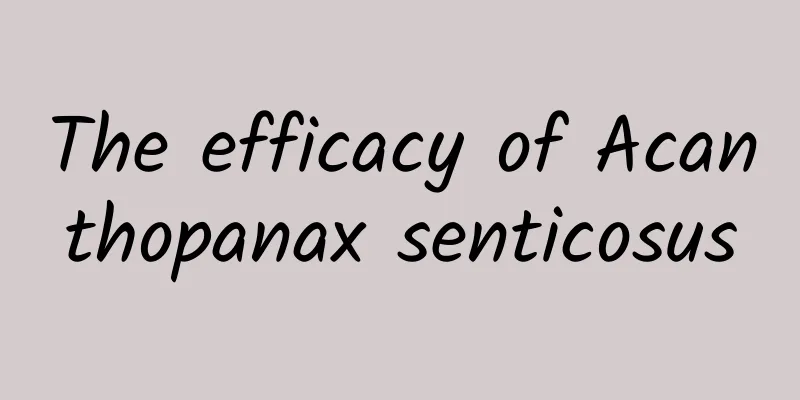New breakthrough! The heaviest so far, scientists successfully observed for the first time →

|
Science and Technology Daily reporter Lu Chengkuan Based on the collision experiment conducted on the Relativistic Heavy Ion Collider in the United States, researchers from the Institute of Modern Physics of the Chinese Academy of Sciences and other Chinese and foreign institutions have observed for the first time a new antimatter hypernucleus - antihyperhydrogen-4 in relativistic heavy ion gold-gold collisions. This is the heaviest antimatter hypernucleus observed by scientists so far. The relevant research results were published online in the journal Nature on the 21st. Image source: Institute of Modern Physics, Chinese Academy of Sciences According to current mainstream physics theories, the universe was born in the Big Bang about 13.8 billion years ago, which produced equal amounts of matter and antimatter. However, in our universe, matter is common, while antimatter is very rare. Antimatter nuclei and antimatter hypernuclei (i.e., nuclei containing hyperons such as Lambda) formed by further combining several antibaryons are even more difficult to produce. Since the "negative energy solution" of the Dirac equation in 1928 predicted the existence of antimatter, scientists have only discovered six antimatter (hyper) nuclei. The anti-hyperhydrogen-4 discovered this time was produced in a relativistic heavy ion collision experiment and consists of an antiproton, two antineutrons and an anti-Lambda hyperon. Because it contains unstable anti-Lambda hyperons, anti-hyperhydrogen-4 will decay after flying only a few centimeters. The research team analyzed the experimental data of about 6.6 billion heavy ion collision events and finally obtained about 16 signals of anti-hyperhydrogen-4. "We also measured the lifetime of anti-superhydrogen-4 and compared it with its corresponding positron superhydrogen-4. Within the measurement accuracy range, there is no obvious difference in the lifetimes of the two, which once again verifies the symmetry of the properties of matter and antimatter." Qiu Hao, a researcher at the Institute of Modern Physics of the Chinese Academy of Sciences, said that the discovery and property research of anti-superhydrogen-4 has enabled people to take another important step in the exploration of antimatter and the symmetry of matter and antimatter. Source: Science and Technology Daily Editor: Wang Chengyue Review: Julie |
<<: Scientists have grown a 'mini brain'. Will it eventually develop consciousness?
>>: The Empress Dowager Cixi couldn't eat Ma Xiaoer? The past of crayfish "conquering" the world...
Recommend
The efficacy and function of Broken Bone Wind
The effect of Pogufeng is to dispel wind and damp...
How to secretly take photos of me at work? This year's "Funny Wildlife Photo Award" is full of emojis!
It's Wednesday, does anyone want to go to wor...
The efficacy and role of ulcer medicine
Ulcers medicine is a type of traditional Chinese ...
The light bulb has lasted for a hundred years, but the light of innovation never goes out
The light bulb has lasted for a hundred years, bu...
The 45-year-old Voyager 1 sent back confusing information. What did it encounter in deep space?
According to NASA, the data sent back by Voyager ...
Does the human's "secret weapon" also have a "bug"? Monkeys, please don't blindly worship "walking upright"!
Primates, including humans, apes, monkeys, etc., ...
The role of medical stone
Diseases are very common, and different diseases ...
What? Natural gas can actually be used for cooling after burning!
Produced by: Science Popularization China Author:...
Black plastic contains drugs, causing panic? The source is that the relevant research missed a zero | Technology Weekly
Compiled by Zhou Shuyi and Pingsheng Algorithms c...
The guy inserted a catheter into his own heart and won a Nobel Prize!
This article was first published by Hunzhi (WeCha...
Dandelion cures breast nodules
Dandelion is a common plant for us. It has high m...
The efficacy and function of indigofera
Do you know Indigofera tinctoria? It is a common ...
Is it safe to eat the Basa fish that costs only a few dollars a pack in the supermarket?
Have you noticed that restaurants love to use Bas...
The efficacy and function of realgar
Only when we understand the main ingredients of a...


![Effects and functions of fennel[picture]](/upload/images/67ca1d14ebe47.webp)






